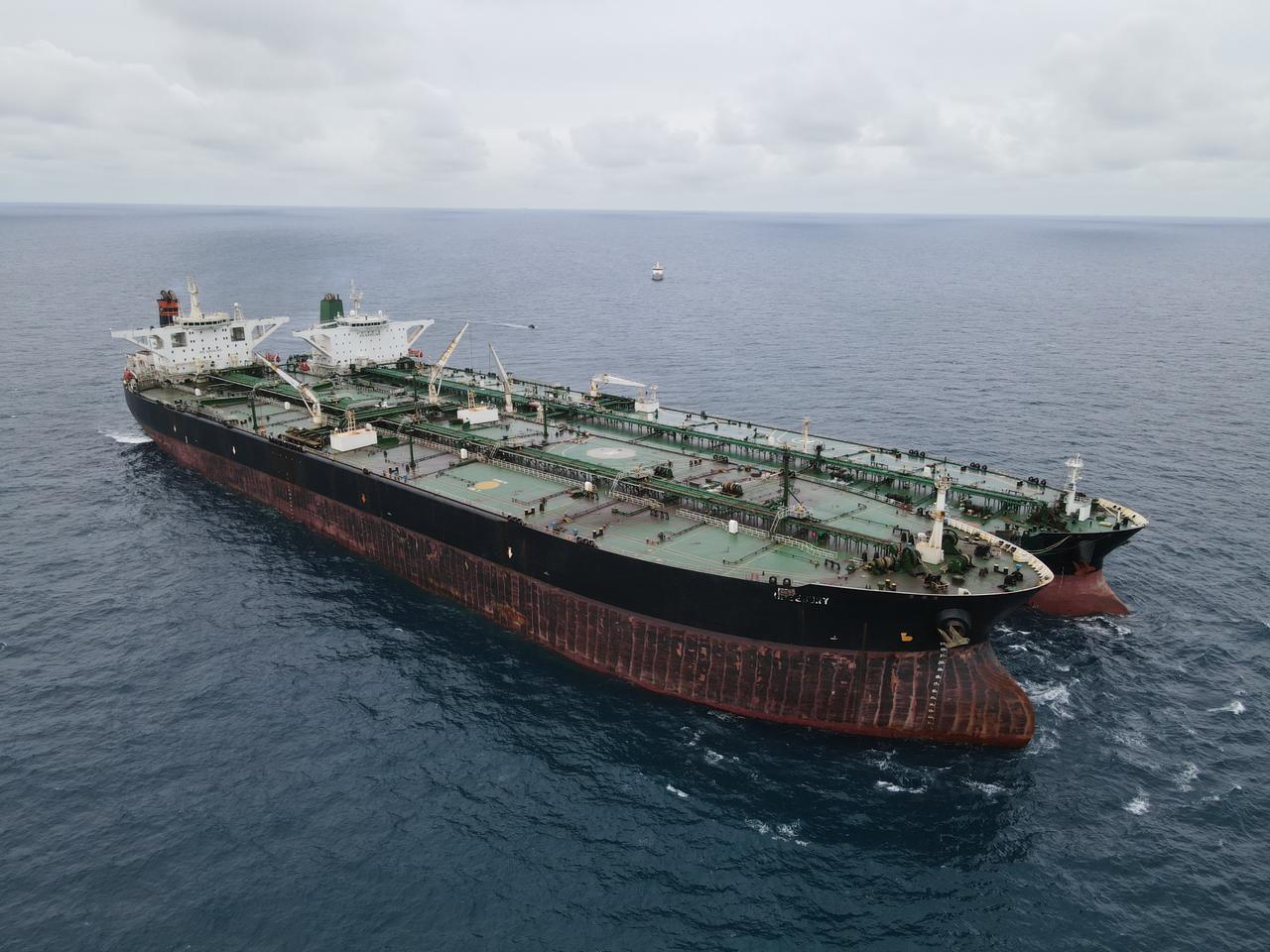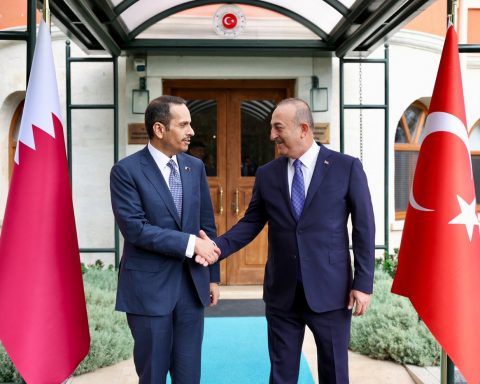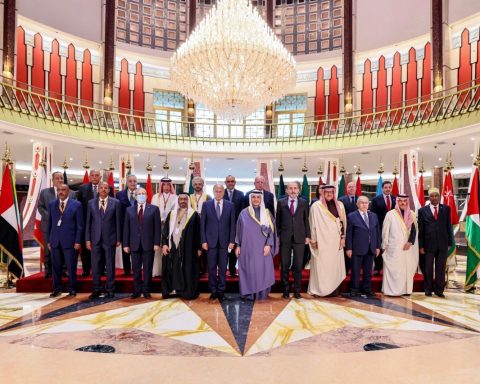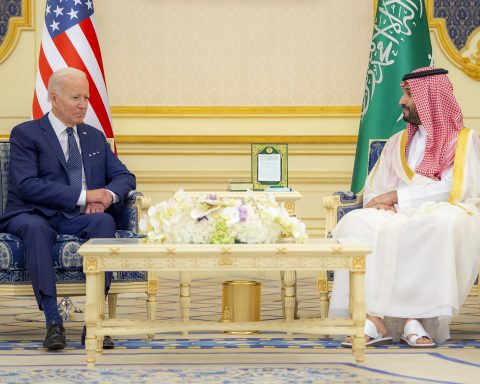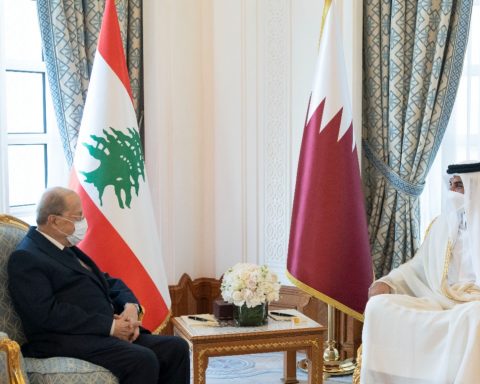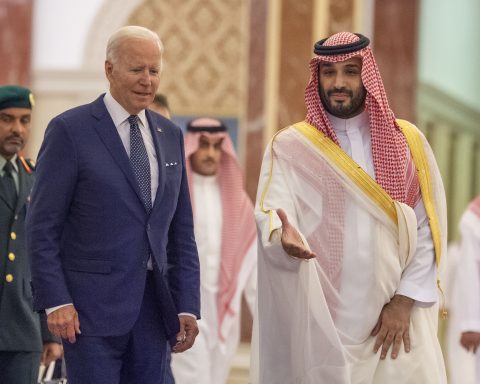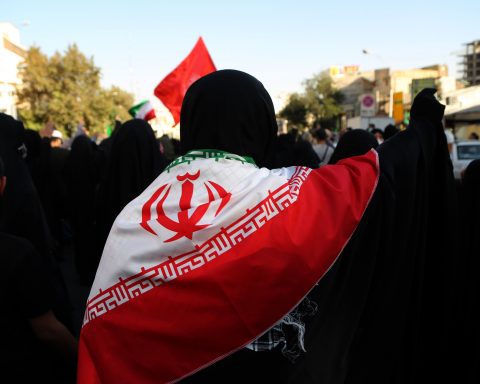Qatar Energy (QE), previously called Qatar Petroleum, has placed an order for six liquefied natural gas (LNG) tankers from two South Korean shipyards, marking the start of a 2020 deal with the Asian country.
As part of agreements signed in May last year, Qatar acquired four LNG tankers from Daewoo Shipbuilding & Marine Engineering and two more from Samsung Heavy Industries.
The ships are the latest in a series of planned shipbuilding batches for QE, which seeks to expand the company’s fleet in order to support its North Field development project.
“These orders, and those that will follow in the near future, constitute a significant part of our program to expand Qatar’s LNG fleet to meet the requirements of our LNG expansion projects, our existing fleet replacement, as well as our LNG trading arm,” said Qatar’s Minister of State for Energy Affairs and CEO of QE Saad al-Kaabi.
Qatar Energy said in October that it has placed an order with Hudong-Zhonghua Shipbuilding Group Co. Ltd. (Hudong), a subsidiary of China State Shipbuilding Corporation Limited, for four LNG tankers (CSSC).
The carriers are the first in QE’s LNG shipbuilding program, which will satisfy future LNG tanker requirements for the company’s North Field expansion project, which is the world’s largest natural gas project.
As the Gulf state prepares to reclaim its status as the world’s top LNG producer by 2030, QE has increased its efforts to consolidate its position as a prominent LNG provider.
The state-owned company inked a $1.9 billion LNG agreement with Samsung C&T Corporation in March as part of Qatar’s $28.7 billion North Field Expansion project, which is the world’s largest LNG project.
Qatar’s LNG production capacity is expected to increase from 77 million metric tons per year to 110 million metric tons per year by 2025 as a result of the project.

